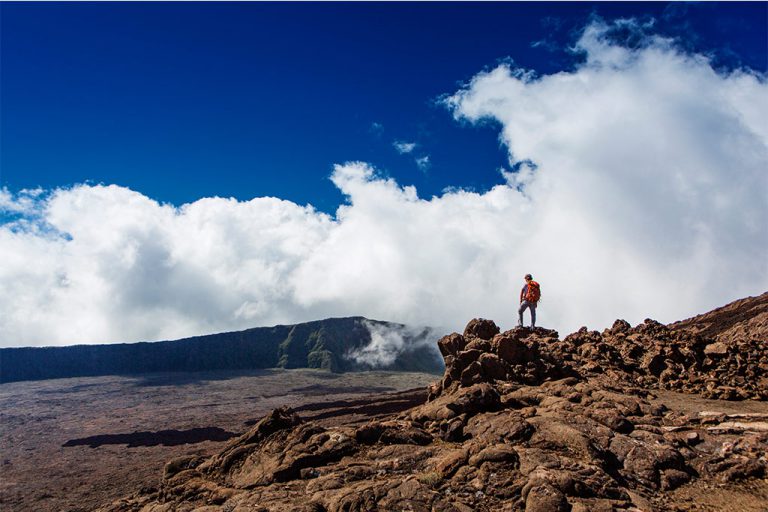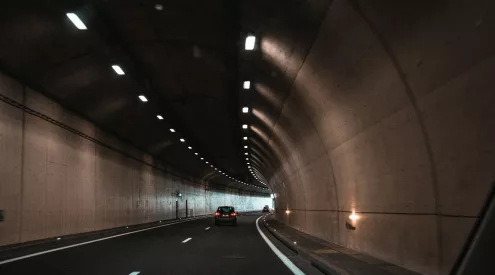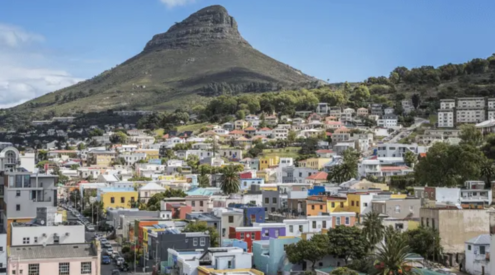South African National Parks (SANParks) and Agence Francaise de Developpement (AFD) released a joint statement on 14 March, announcing the launch of the bipartite agreement worth €1.5 million (R24 million) between Table Mountain National Park (TMNP) and Reunion Island National Park.

Orange Kloof forest, TMNP. Picture: Getaway gallery / The Fynbos Guy
The money is being used to support park plans that will ‘facilitate the sharing of knowledge and experiences between South Africa and Reunion Island’. The agreements were signed by Mr Remy Rioux, Chief Executive Officer of the AFD, and Dr Luthando Dziba of SANParks.
Of the €1.5 million, €1 212 730 (R20.1 million) will go to SANParks and €287 270 (R4.7 million) will be put towards projects at Reunion Island National Park.
The project concentrates on ‘territory-to-territory cooperation’ between the two National Parks. The Table Mountain National Park in Cape Town is the main project partner and is overseen by South African National Parks (SANParks). SANParks is an internationally recognised reference for the management of protected areas.
Both of the parks are in urban environments that stretch from the mountain to the sea and are of ‘great global value’. They are also both part of the UNESCO World Heritage Site with their rich cultural heritage and diverse ecosystems.

Reunion Island. Picture: Tegan Cunniffe
Table Mountain National Park welcomes five million visitors per year (pre-pandemic) and was known by the Khoisan as Hoerikwaggo, ‘the mountain in the sea’. The Reunion Island National Park (PNR) makes up 70% of the island’s surface area and has 94% of the island’s endemic biodiversity in its central zone. Pre-pandemic, the island attracted close to 1 million tourists a year.
The two parks will collaborate to share knowledge to improve park management. New opportunities for collaboration between partnering research institutions including the University of Reunion, CIRAD and the University of Cape Town will also be available.
Chief Executive Officer of SANParks, Dr Luthando Dziba, said that these teams will now be able to strengthen their knowledge of park management by sharing their different experiences. Dziba adds, ‘The main project activities include developing strategic plans and sharing tools for invasive species management, vulnerable species management, fire management and climate change preparedness, training, pilot field interventions, awareness-raising activities and joint studies and research.’
Dr Dziba hopes that the project will strengthen the skills for the ‘biological control of invasive alien species and associated restoration’ an example is an introduction of ‘new detection tools from aerial images, anti-poaching and analysis of risks’. Other projects will examine the management and consequences of climate change and its ramifications for both national parks, as well as the ‘governance and dialogue with stakeholders involved in the management and use of the parks, and management of the World Heritage site’.
ALSO READ

















